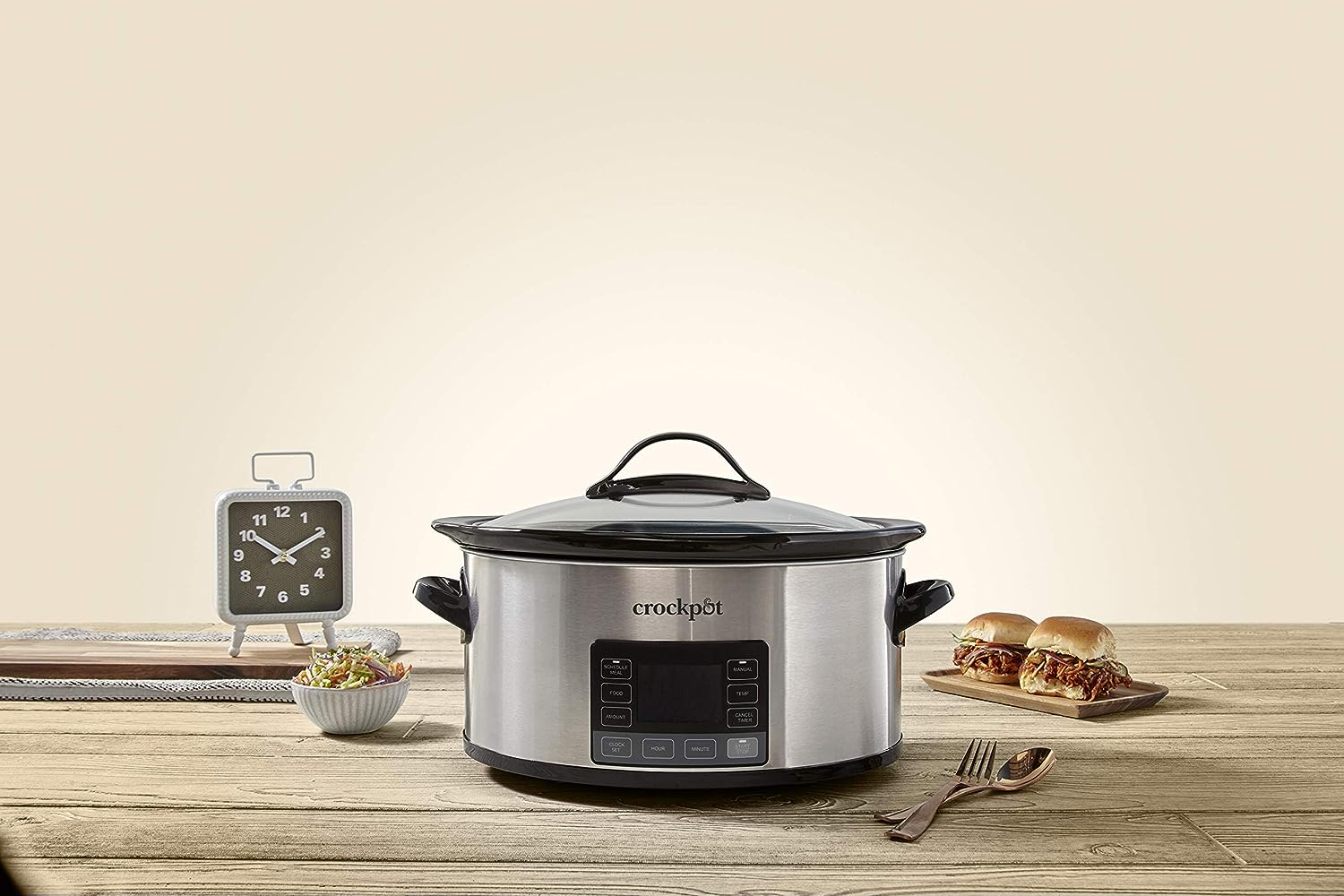

Articles
How Much Liquid Do You Need In A Slow Cooker
Modified: January 5, 2024
Discover the perfect amount of liquid needed in a slow cooker with our informative articles. Enhance your cooking skills today and create delicious meals effortlessly.
(Many of the links in this article redirect to a specific reviewed product. Your purchase of these products through affiliate links helps to generate commission for Storables.com, at no extra cost. Learn more)
Introduction: Understanding the Importance of Liquid in Slow Cooking
Slow cooking has become a popular cooking method for its convenience and ability to produce flavorful and tender dishes. One crucial element that plays a significant role in slow cooking is the amount of liquid used during the process. The liquid not only helps in the cooking process but also enhances the overall flavors and texture of the dish.
By understanding the importance of liquid in slow cooking, you can ensure that your recipes turn out perfectly every time. In this article, we will delve into the factors to consider when determining the right amount of liquid, the benefits it brings, how to measure it accurately, common mistakes to avoid, and expert tips to achieve the best results.
When it comes to slow cooking, the right amount of liquid is vital to ensure that the dish remains moist and succulent throughout the cooking process. The liquid acts as a medium for heat transfer, gently cooking the ingredients over an extended period. It also helps in breaking down tough meat fibers and infusing flavors into the dish.
The amount of liquid needed in a slow cooker can vary depending on several factors, including the recipe requirements, cooking time, and ingredient variations. Different recipes may require different liquid amounts, and it’s essential to follow the instructions provided to achieve the desired outcome.
Key Takeaways:
- The right amount of liquid is crucial in slow cooking to prevent drying out, enhance flavors, and achieve desired tenderness. Factors like recipe requirements, cooking time, and ingredient variations play a significant role in determining the ideal liquid amount.
- Measuring liquid accurately and avoiding common mistakes such as overfilling or adding too little/much liquid are essential for successful slow cooker recipes. Expert tips, including understanding the meat-to-liquid ratio and adding flavorful liquids, can elevate the quality of your dishes.
Factors to Consider for Liquid Amount in Slow Cooker
- Recipe requirements:
- Cooking time:
- Ingredient variations:
Each recipe is unique and may have specific liquid requirements. Some recipes may call for a specific amount of broth, stock, or other liquids to achieve the desired flavors and textures. It is crucial to follow the recipe instructions closely to ensure the best results.
The cooking time plays a role in determining the amount of liquid needed in a slow cooker. Long cooking times, such as those for tougher cuts of meat, may require more liquid to ensure that the dish remains moist and tender throughout the cooking process. On the other hand, shorter cooking times may require less liquid to prevent the dish from becoming too watery.
Consider the moisture content of the ingredients you are using. Ingredients that naturally release more liquid, such as vegetables, can contribute to the overall liquid content. If you are using ingredients with a higher moisture content, you may need to reduce the amount of additional liquid added to the slow cooker.
By considering these factors, you can determine the appropriate amount of liquid required for your slow cooker recipes. It’s essential to strike a balance between ensuring a moist and flavorful dish while avoiding excessive liquid that can result in a watery or diluted end product.
Benefits of Proper Liquid Amount in Slow Cooker
- Preventing drying out:
- Enhancing flavors:
- Achieving desired tenderness:
One of the key benefits of using the proper amount of liquid in a slow cooker is preventing the dish from drying out during the cooking process. Adequate liquid helps maintain a moist environment, ensuring that the ingredients remain tender and juicy.
The liquid in a slow cooker acts as a vehicle for flavors to develop and meld together. It helps distribute the flavors of herbs, spices, and seasonings throughout the dish, resulting in a more flavorful end product. A balanced amount of liquid ensures that the flavors are evenly dispersed and infused into the ingredients.
The proper amount of liquid in a slow cooker is crucial for achieving the desired tenderness in various meats and vegetables. The slow and gentle cooking process, coupled with the right liquid amount, helps break down tough meat fibers, resulting in fork-tender and succulent dishes. It also helps soften vegetables, ensuring they are cooked to the desired texture.
By ensuring the proper amount of liquid in your slow cooker recipes, you can prevent drying out, enhance flavors, and achieve the desired tenderness in your dishes. It’s important to remember that the liquid serves multiple purposes in slow cooking and contributes to the overall success of the recipe.
Measuring Liquid for Slow Cooker Recipes
When it comes to measuring the liquid in slow cooker recipes, there are several approaches you can take. Here are some tips to help you get the right amount:
- Using recipe recommendations:
- Adjusting liquid based on personal preference:
- Tips for reducing liquid:
- Remove the lid during the last hour of cooking: This allows excess liquid to evaporate, resulting in a thicker consistency.
- Make a slurry: Mix cornstarch or flour with a small amount of liquid from the slow cooker to create a thickening agent. Stir it back into the slow cooker to thicken the sauce or broth.
- Use the sauté function: If your slow cooker has a sauté feature, you can transfer the liquid to a stovetop pan and simmer it to reduce the liquid volume.
Many slow cooker recipes provide specific measurements for the liquid required. Follow the recipe instructions closely, as they have been carefully crafted to ensure the best results. This is particularly important for recipes that require a specific ratio of liquid to other ingredients.
While recipes provide a good starting point, you can personalize the amount of liquid based on your preference. If you prefer a richer and more concentrated flavor, you may choose to reduce the liquid slightly. On the other hand, if you prefer a lighter and more brothy consistency, you can increase the amount of liquid used.
If you find that your slow cooker dishes have too much liquid, there are a few techniques you can use to reduce the liquid content:
By using recipe recommendations, adjusting liquid based on personal preference, and utilizing tips to reduce liquid, you can ensure that your slow cooker recipes have the right amount of liquid for optimal results. Remember to experiment and find the perfect balance that suits your taste and desired consistency.
For most slow cooker recipes, you’ll want to fill the slow cooker at least halfway with liquid to ensure proper cooking and to prevent the food from drying out. However, always refer to the specific recipe for the exact amount needed.
Common Mistakes in Adding Liquid
While adding liquid to a slow cooker may seem straightforward, there are some common mistakes that can affect the outcome of your dish. Here are a few to watch out for:
- Overfilling the slow cooker:
- Adding too little or too much liquid:
- Not considering the ingredient’s moisture content:
One common mistake is overfilling the slow cooker with liquid. When ingredients cook, they release moisture, causing the liquid to rise. Overfilling can lead to spills, uneven cooking, and difficulty in achieving the desired consistency. It’s important to leave enough room for the ingredients and liquid to expand during the cooking process.
Another common mistake is adding too little or too much liquid to the slow cooker. Adding too little liquid can result in a dry and undercooked dish, while adding too much liquid can lead to a watery and diluted final product. It’s important to follow recipe recommendations or adjust the liquid based on personal preferences, as mentioned earlier, to achieve the desired consistency and flavors.
Every ingredient has a varying moisture content, and it’s important to consider this when adding liquid to the slow cooker. Ingredients such as vegetables release moisture during cooking, which adds to the overall liquid content. Failing to account for this can lead to an excessive amount of liquid in the dish. On the other hand, ingredients like rice or grains can absorb liquid and may require additional liquid for proper cooking.
By avoiding these common mistakes in adding liquid to your slow cooker, you can ensure that your dishes turn out perfectly cooked and well-balanced in flavors. Careful consideration of the liquid amount in relation to the ingredients is key to achieving the desired results.
Read more: How Do You Use A Slow Cooker
Expert Tips for Liquid Amount in Slow Cooker
When it comes to achieving the best results in your slow cooker recipes, here are some expert tips for determining the proper amount of liquid:
- Understanding the meat-to-liquid ratio:
- Adding liquid to maximize flavor:
- How to tweak the liquid amount for specific recipes:
One important tip is to consider the meat-to-liquid ratio. For tougher cuts of meat, such as beef chuck or pork shoulder, it’s recommended to use a higher amount of liquid to ensure proper cooking and tenderness. On the other hand, leaner cuts of meat may require less liquid as they have less connective tissue to break down.
While the primary function of liquid in a slow cooker is to provide moisture, it can also be used to enhance flavors. Consider using flavorful liquids such as broth, stock, wine, or even citrus juice to add depth and complexity to your dishes. Experiment with different liquids to complement the ingredients and create a delicious flavor profile.
Each recipe may have unique requirements for the liquid amount. If you find that a recipe consistently yields a dish with too much liquid, consider reducing the liquid slightly in your next attempt. Conversely, if you find that a dish is too dry, increase the amount of liquid. Keep in mind that it’s best to make gradual adjustments and note the results for future reference.
By applying these expert tips, you can optimize the liquid amount in your slow cooker recipes. Understanding the meat-to-liquid ratio, adding flavorful liquids, and making adjustments based on specific recipes will help you achieve the perfect balance of moisture, tenderness, and flavor in your slow-cooked dishes.
Conclusion: Importance of Understanding the Appropriate Liquid Amounts in Slow Cookers
The appropriate amount of liquid is a critical factor in achieving successful slow cooker recipes. Understanding and using the right liquid amounts can greatly impact the taste, texture, and overall outcome of your dishes.
By considering factors such as recipe requirements, cooking time, and ingredient variations, you can determine the ideal amount of liquid needed for your slow cooker recipes. Following recipe recommendations and adjusting liquid based on personal preference allows you to tailor the dish to your taste.
Proper liquid amounts bring several benefits to your slow-cooked dishes. They prevent drying out by maintaining moisture, enhance flavors by allowing herbs and seasonings to infuse throughout the ingredients, and help achieve the desired tenderness in meats and vegetables.
Measuring liquid accurately is important, as overfilling the slow cooker can lead to spills and uneven cooking. Adding too little or too much liquid can result in a dry or watery dish. Additionally, considering the moisture content of the ingredients helps strike the right balance and prevents excessive liquid accumulation.
Expert tips, such as understanding the meat-to-liquid ratio, adding flavorful liquids to enhance taste, and adjusting the liquid amount for specific recipes, can take your slow cooker recipes to the next level. These tips provide valuable insight and guidance for achieving the perfect balance of moisture, tenderness, and flavor.
In conclusion, understanding the appropriate liquid amounts in slow cookers is vital to the success of your recipes. By applying the knowledge and tips shared in this article, you can ensure that your slow-cooked dishes turn out moist, flavorful, and tender. So, next time you fire up your slow cooker, remember the importance of liquid and let it work its magic in creating delicious and comforting meals.
Frequently Asked Questions about How Much Liquid Do You Need In A Slow Cooker
Was this page helpful?
At Storables.com, we guarantee accurate and reliable information. Our content, validated by Expert Board Contributors, is crafted following stringent Editorial Policies. We're committed to providing you with well-researched, expert-backed insights for all your informational needs.
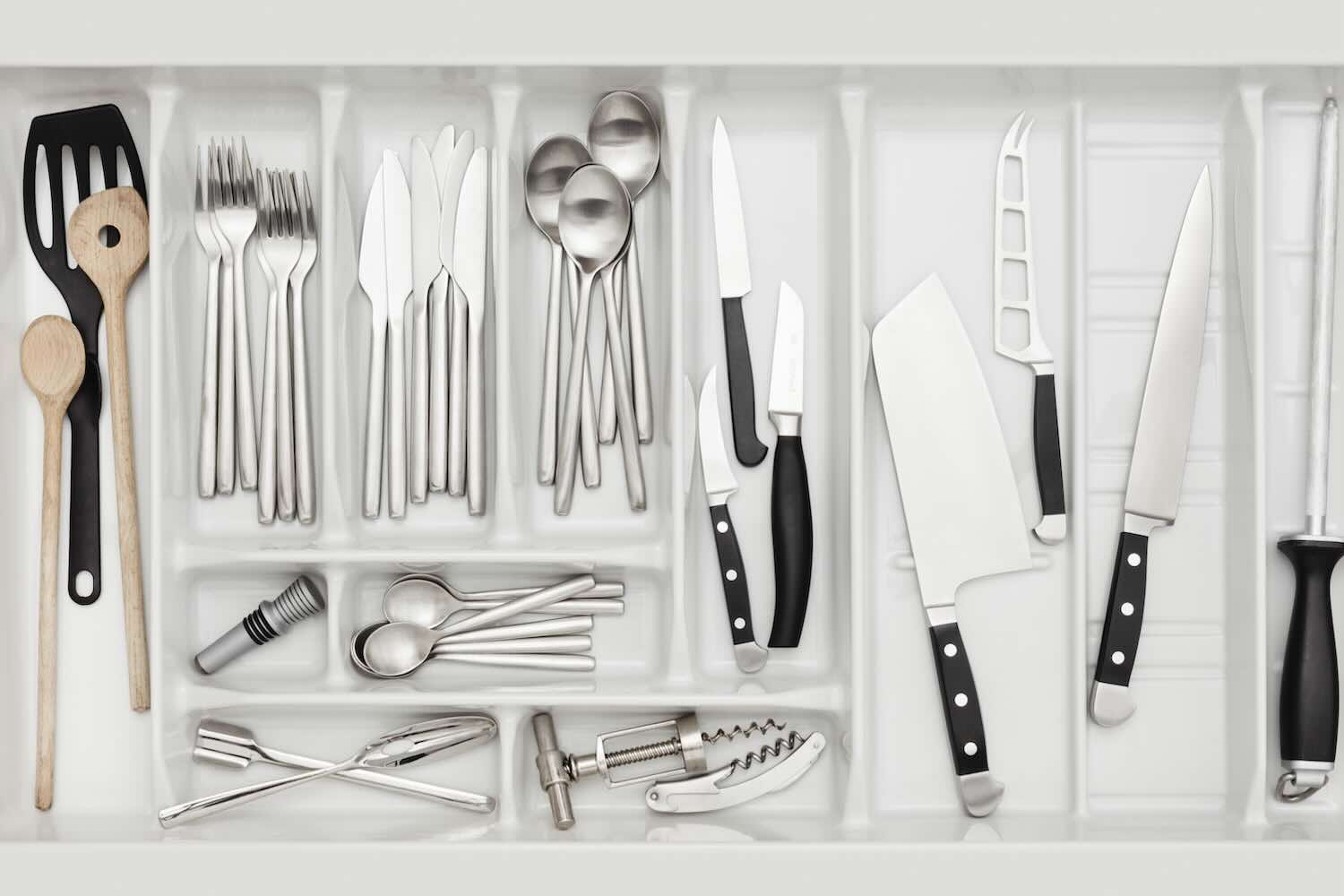
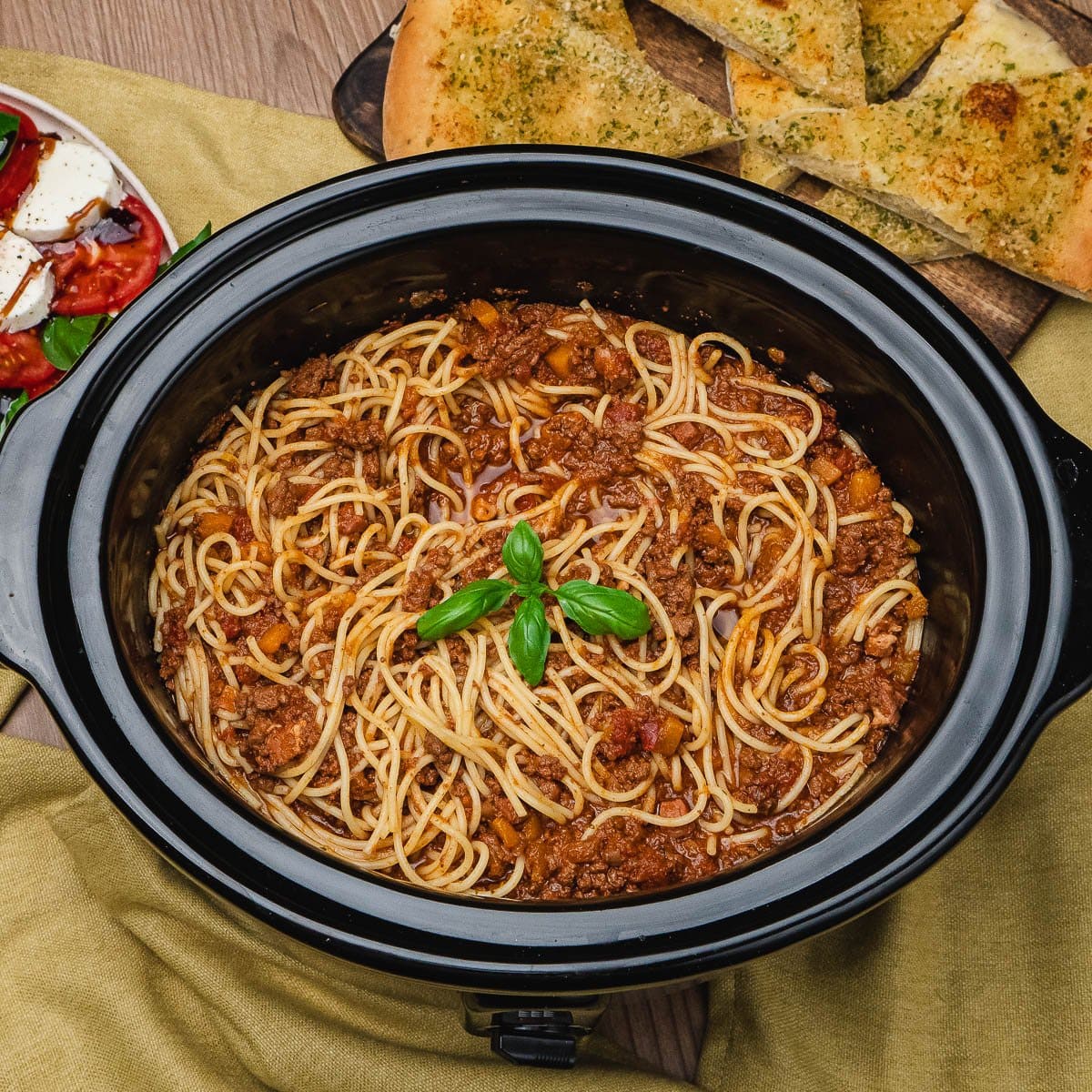
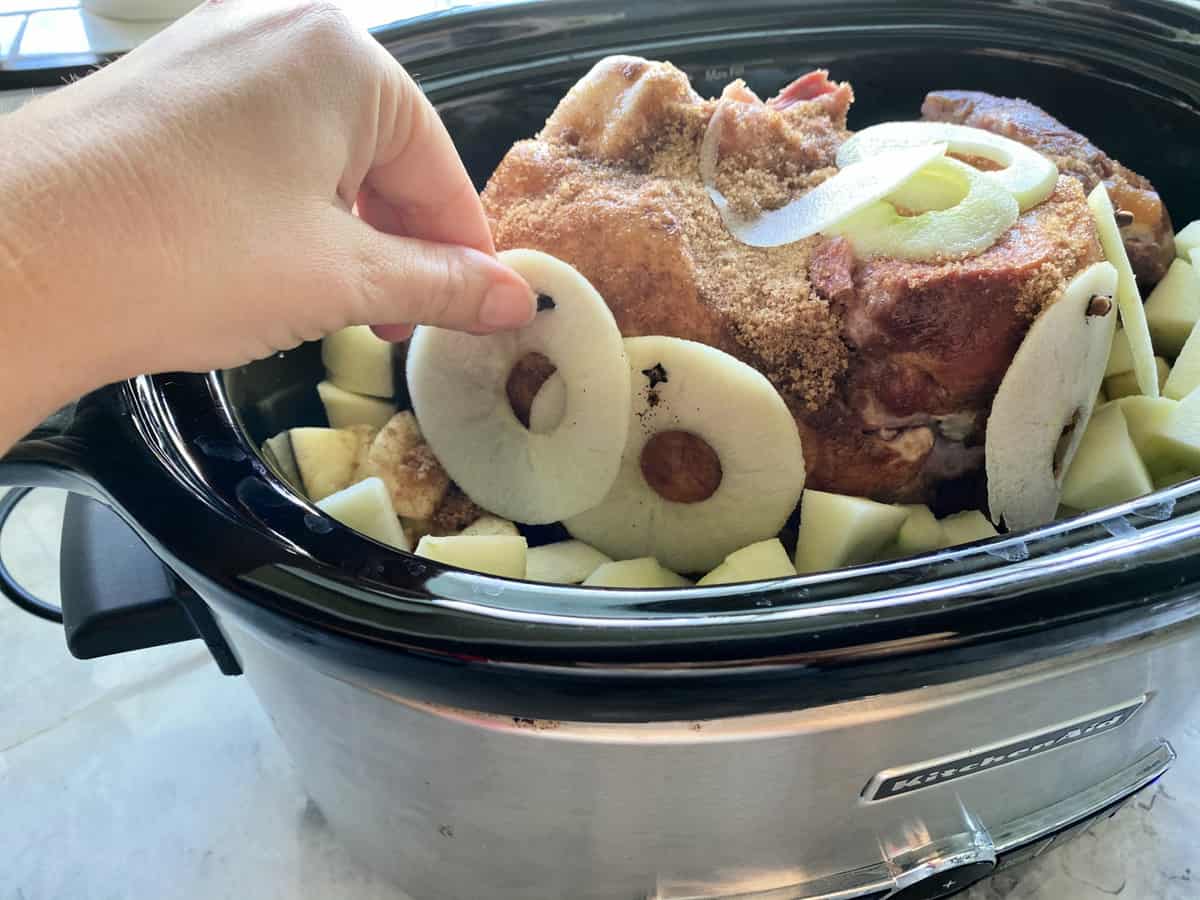
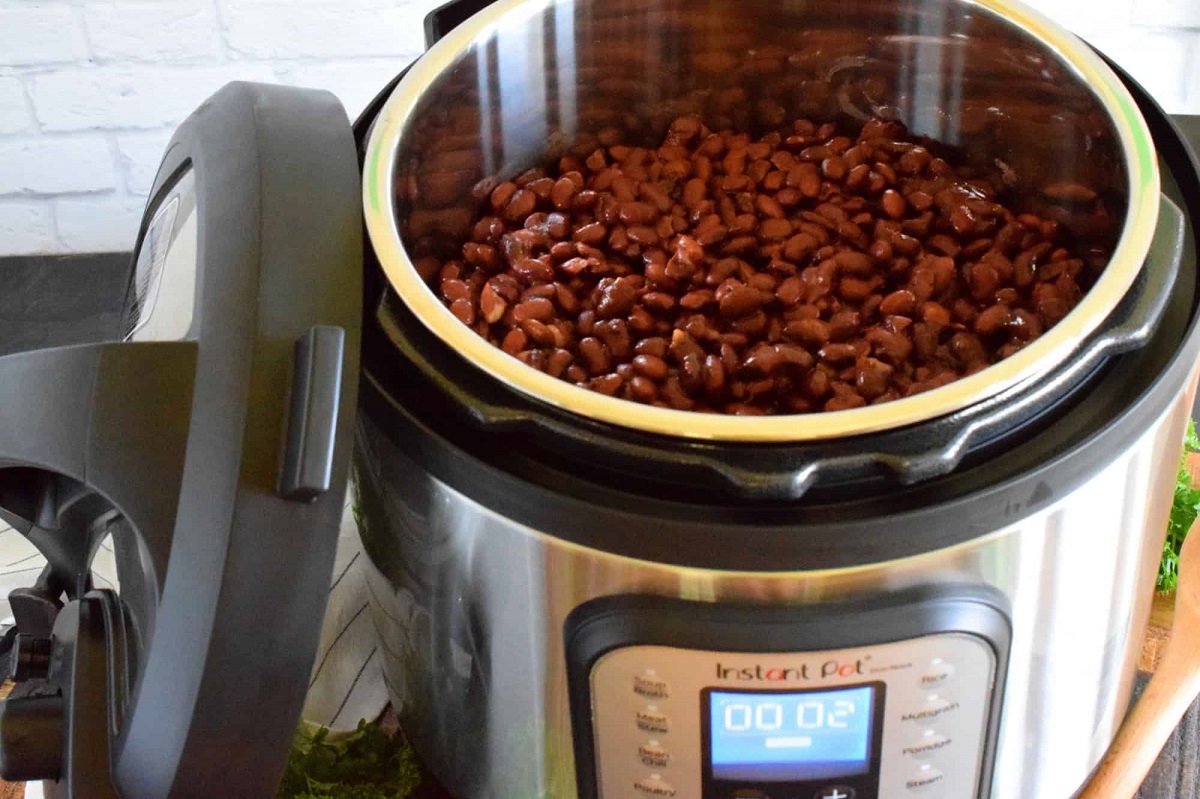

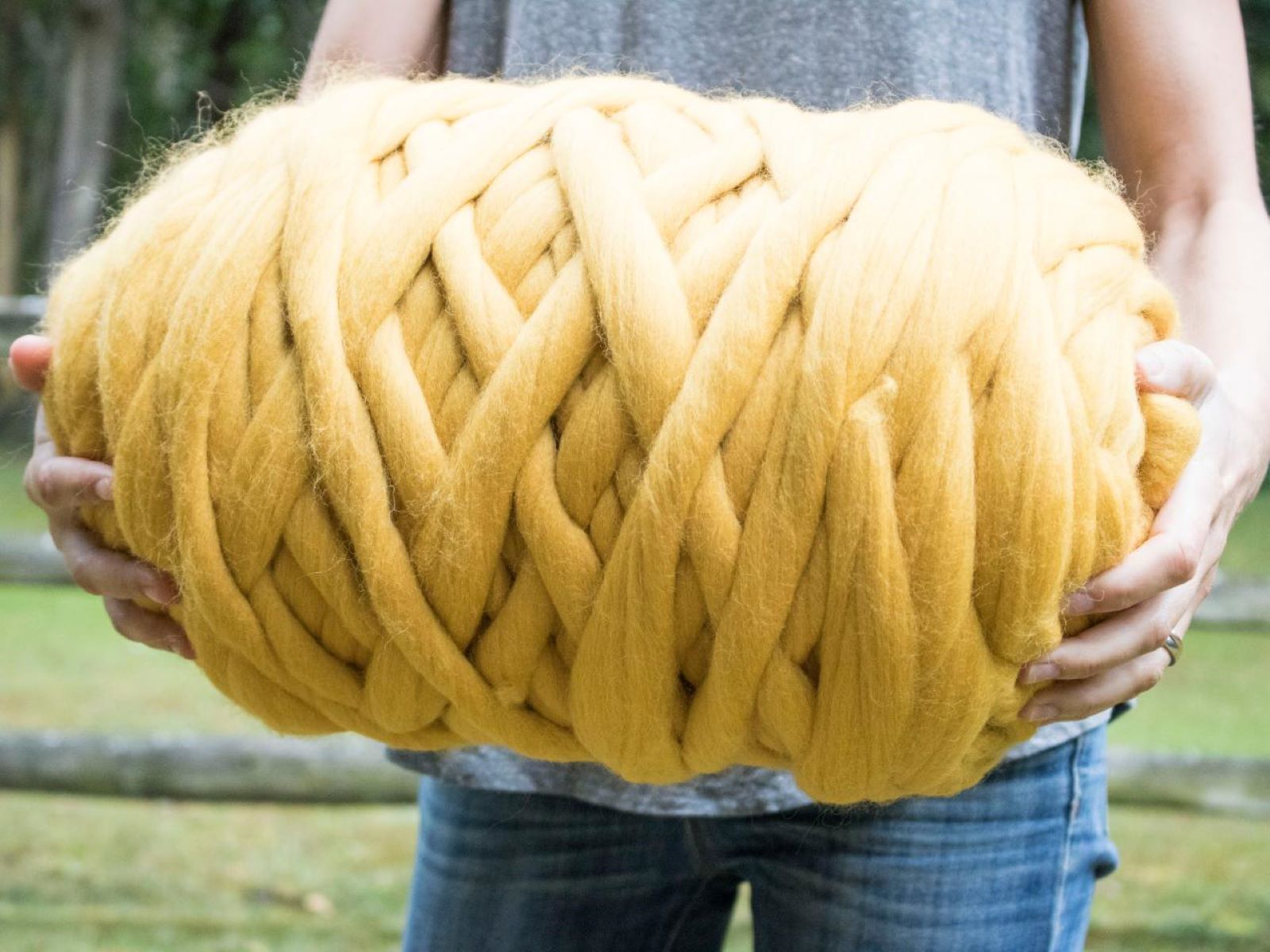
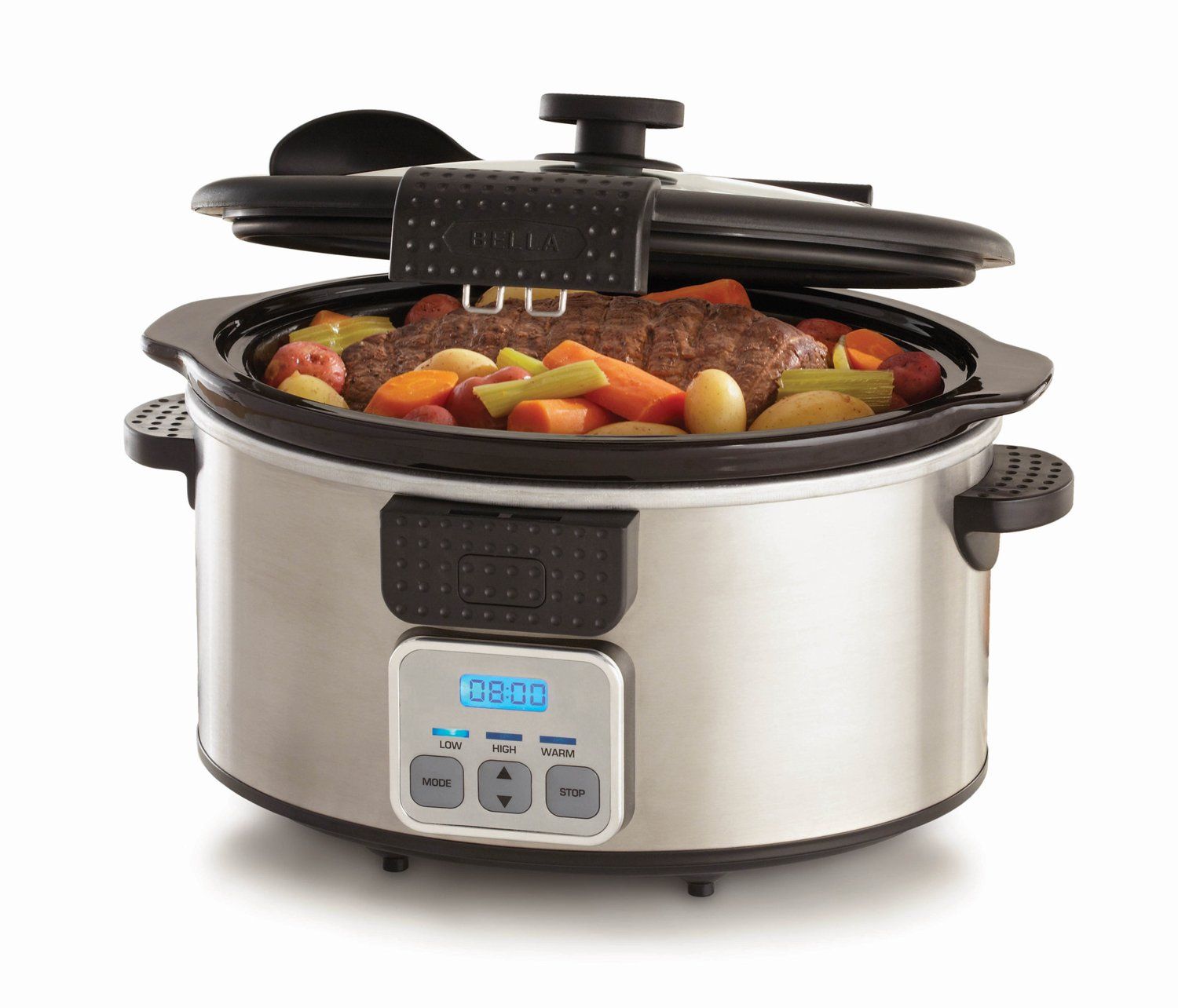
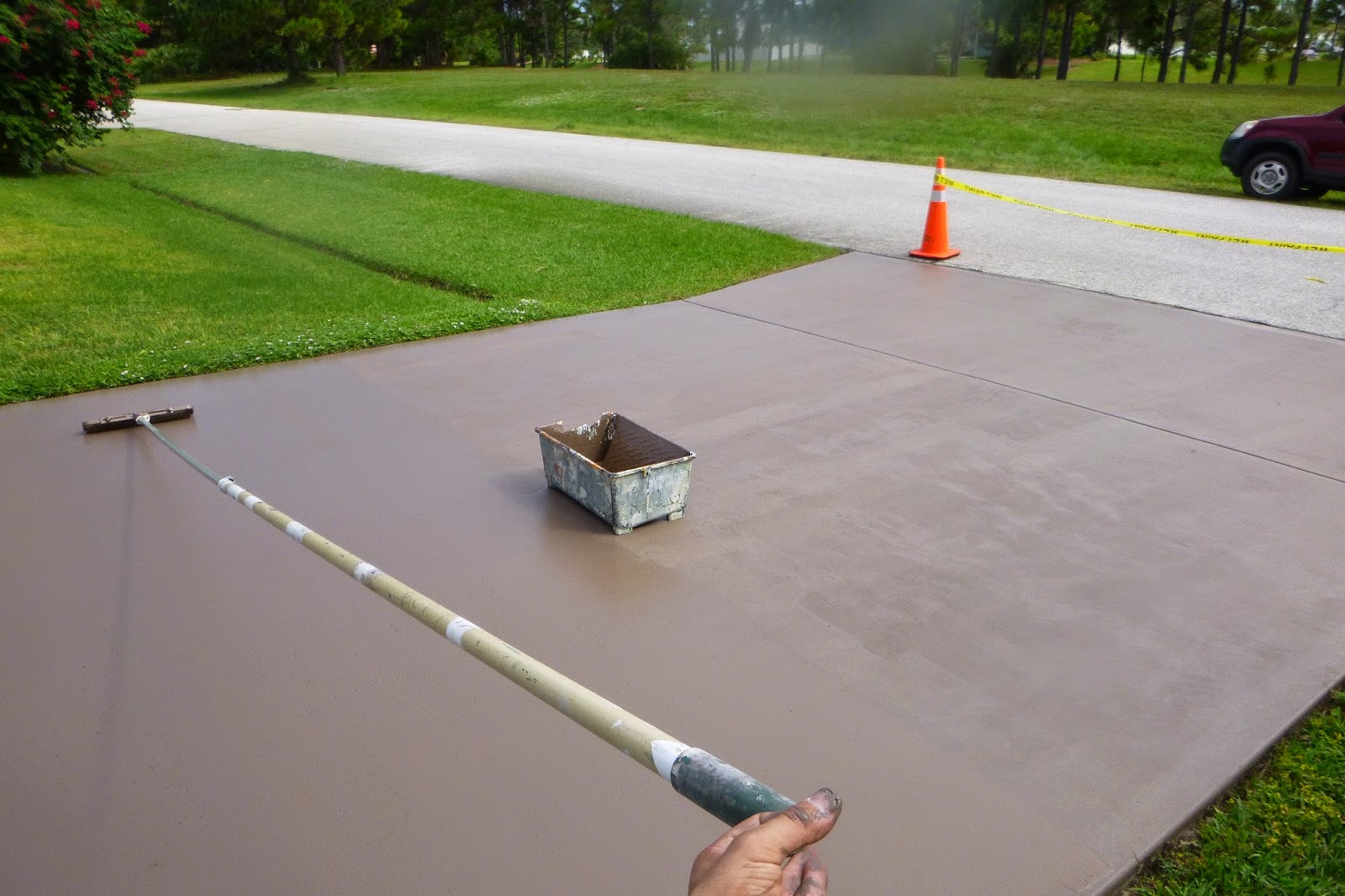
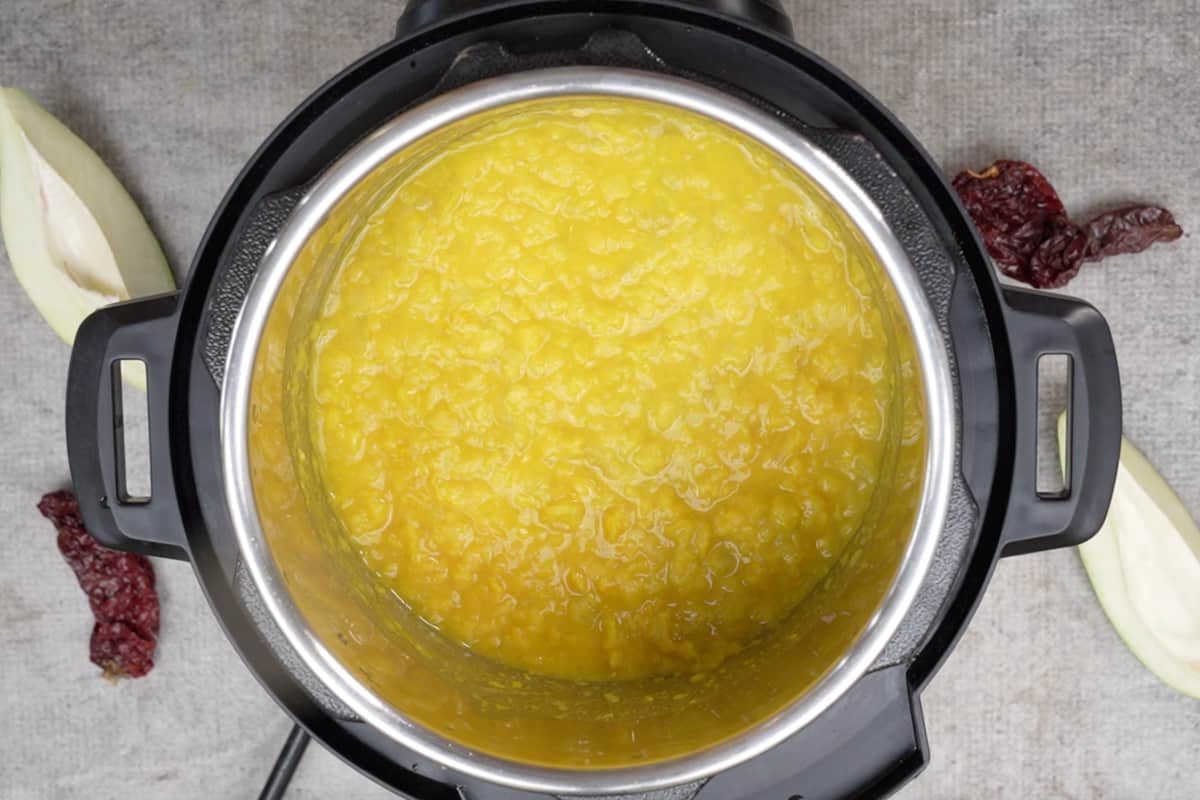
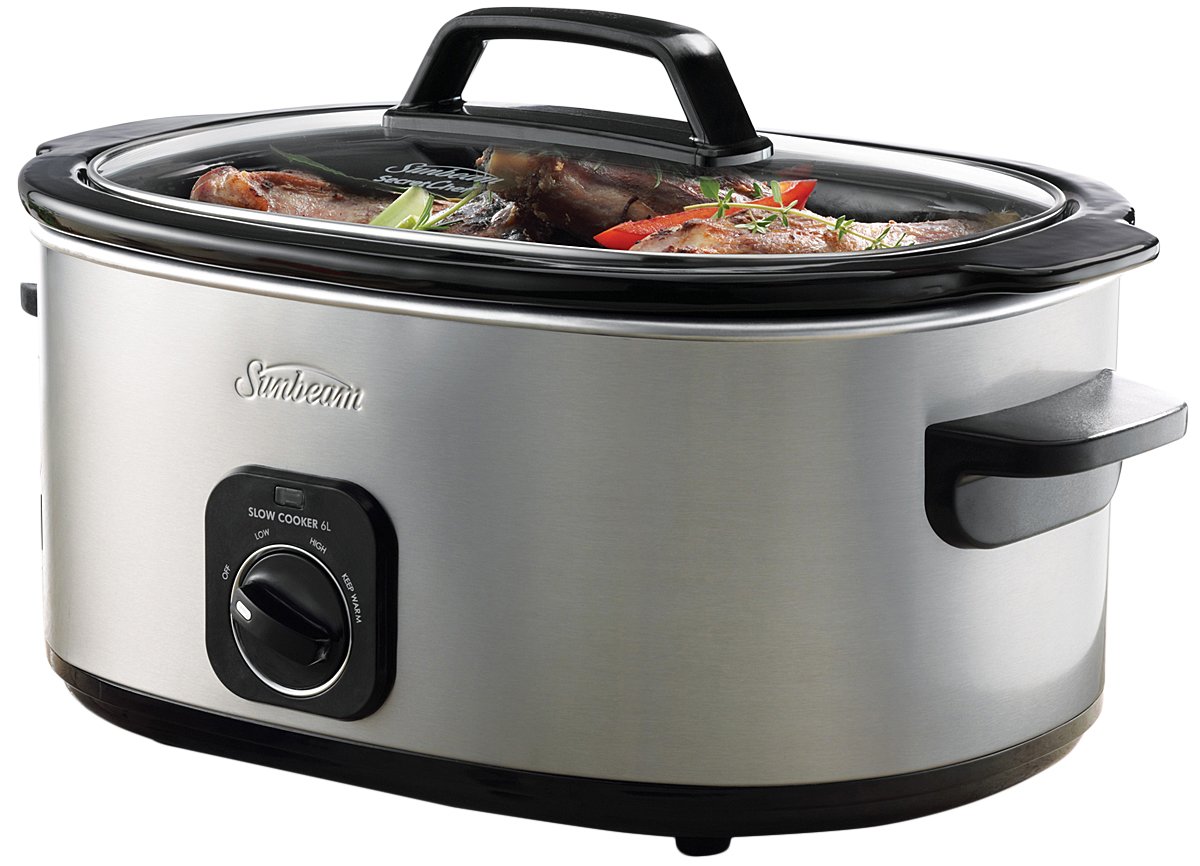





0 thoughts on “How Much Liquid Do You Need In A Slow Cooker”